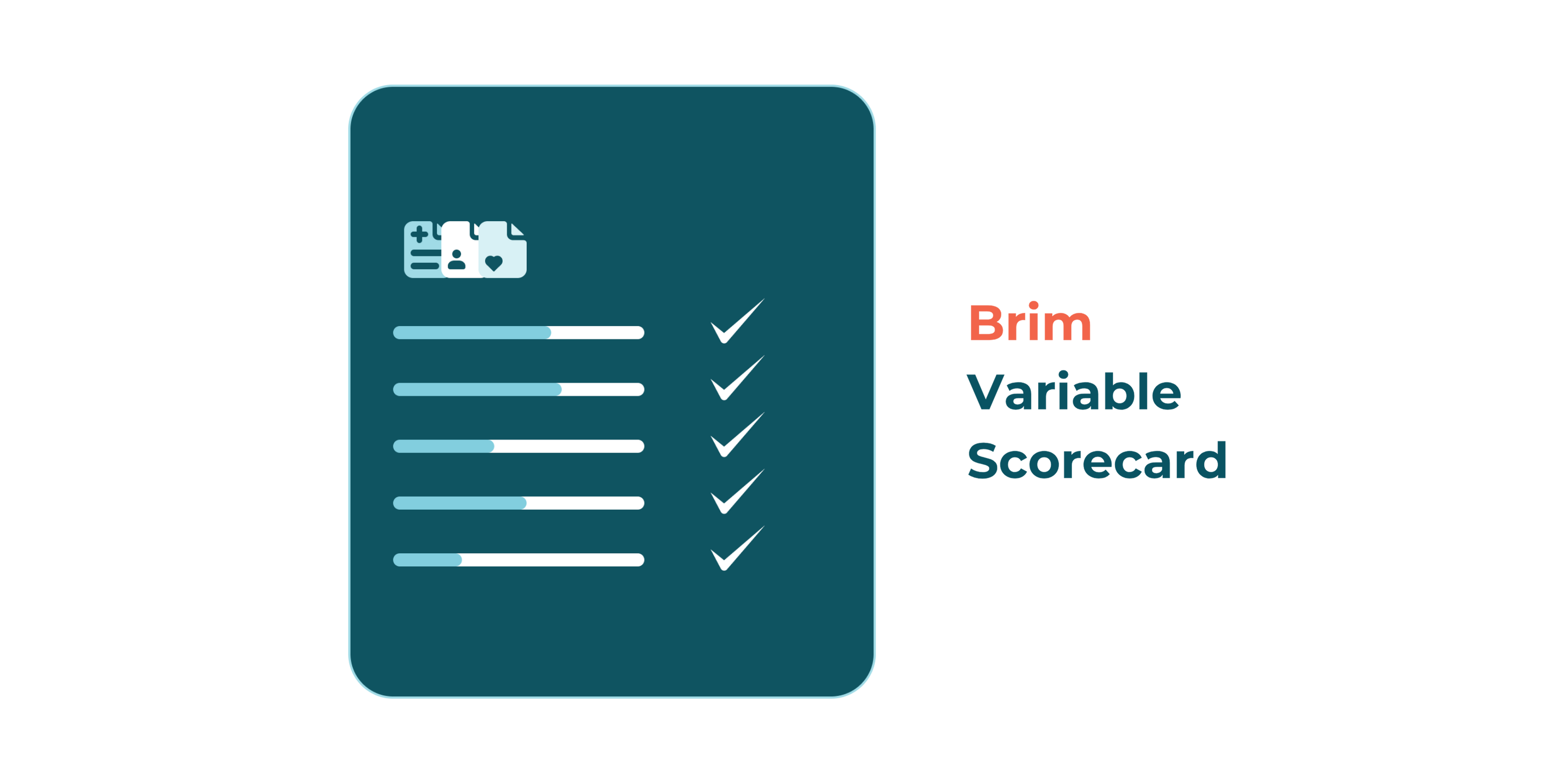Brim’s October 2025 Release: Introducing the Variable Scorecard for Smarter, Scalable Variable Design
October 31, 2025

At Brim, our mission is to make chart abstraction faster, easier, and more reliable, whether you’re running a clinical trial, building a registry, or doing AI-powered research workflows. This month’s release introduces a powerful addition to help you move from “it works” to “it’s excellent”: the Variable Scorecard.

Why we built the Variable Scorecard
Clear, consistent variables are the backbone of high-quality abstraction. Without them you risk ambiguous instructions, inconsistent data capture, and wasted time on back-and-forth reviews. The Scorecard helps you:
- See at a glance where your variables need improvement. The Scorecard evaluates each variable across four key domains (Simplicity, Semantics, References, Completeness) and surfaces actionable recommendations.
- Improve reliability & reproducibility. When variables are well-defined, your abstractors and AI models can perform with greater confidence and consistency.
- Scale with confidence. As teams grow and projects multiply, the Scorecard helps you standardize variable quality and reduce onboarding friction.
What the Variable Scorecard brings to Brim
Here’s a quick look at what’s now available:
- Automatic evaluation of each variable against the four criteria:
- Simplicity: Is this variable doing one thing? Is its instruction clear?
- Semantics: Have we included guidance for insufficient evidence, defined aggregation or temporal context, specified format and units?
- References: If the variable references others, are they correctly cited and included?
- Completeness: Does the variable have matching names, data types, listed options (including default), examples/anti-examples?
- Actionable “Recommended Fix” items: For every flagged area you’ll see a targeted suggestion (for example: “Add guidance for ‘unknown’ when no evidence present,” or “Specify ‘most recent value’ as aggregation strategy”).
- Live updates: As you refine the instruction, prompt, options or examples, the Scorecard re-evaluates automatically – so you can iterate and measure improvements in real time.
How to start using the Scorecard today
- Navigate to your project in Brim and open "Project Setup"
- Click on "Edit" for any variable you’d like to review.
- Look at the "Variable Scorecard" section to the right.
- View your overall score and the breakdown by category.
- Review the “Recommendations” and update the variable’s instruction, prompt, options, examples (or other relevant fields).
- Re-calculate the Scorecard: you’ll see your progress instantly.
Variable Scorecard full of recommendations?
A low score isn’t a problem; it’s an opportunity. Use the following checklist to turn it around:
- Simplicity:
- Does the variable attempt to capture more than one concept? If yes → split into two or more variables.
- Semantics:
- If multiple data points exist, specify aggregation strategy (e.g., “Use the most recent value”).
- Define the expected format so Brim knows how you want the output to look (eg "include units in mL or L")
- Include temporal context: eg “Current status only” or “At time of encounter”.
- Define key concepts (e.g., define acronyms).
- References:
- If the variable mentions another variable, refer to it explicitly in the prompt.
- If you discover a missing connection between variables, link it in the "Variables" section.
- Completeness:
- Ensure the variable name aligns with its meaning, data type, and scope.
- List all permitted options and verify options match prompt instructions.
- Provide at least one example (and preferably an anti-example) of raw text and expected abstracted value.
- Confirm that everything is internally consistent (name, prompt, options, example).
As you make those changes, revisit the Scorecard and you’ll watch your score improve.
Looking ahead
We’re committed to continuous improvement of Brim’s abstraction framework, so get ready for more improvements next month. As always, your feedback drives what we build next.
Have questions or ideas? Send us feedback at support@brimanalytics.com.